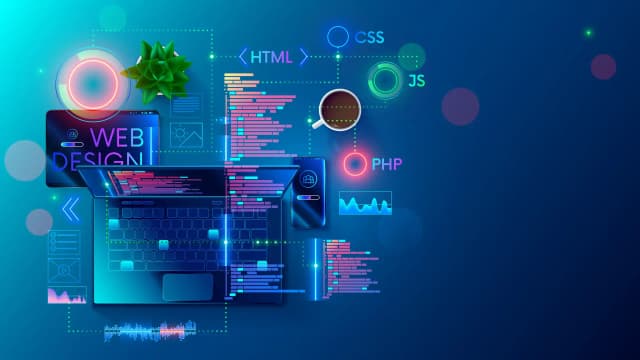Transform Your Workspace: Office Design in South Africa
In 2025, the future of office design in South Africa is driven by a blend of innovation, sustainability, and employee wellness. Businesses are increasingly recognizing the importance of creating an engaging workspace that fosters creativity and productivity. This article delves into the key trends and practical tips for office design aimed at enhancing employee satisfaction and optimizing spatial efficiency.
1. Emphasis on Sustainable Design
Sustainability is becoming a critical aspect of modern office design. Many companies are now adopting green building practices that not only reduce environmental impact but also enhance the workplace atmosphere.
- Utilizing sustainable materials like bamboo and recycled glass.
- Implementing energy-efficient lighting and HVAC systems.
- Designing spaces to maximize natural light and reduce energy consumption.
2. Open Concept vs. Private Spaces
Striking a balance between open layouts and private spaces is essential for modern office design. While open-plan offices promote collaboration, providing quiet zones can help avoid distractions.
| Office Layout | Pros | Cons |
|---|---|---|
| Open Concept | Encourages collaboration, improves communication | Can be noisy, lacks privacy |
| Private Offices | Reduces distractions, enhances focus | Limits interaction, can feel isolating |
3. Biophilic Design Elements
Incorporating natural elements into office design, known as biophilic design, is an emerging trend that promotes health and well-being. By integrating nature into the workplace, businesses can improve employee morale and productivity.
- Adding indoor plants to improve air quality.
- Utilizing natural materials in furniture and decor.
- Designing spaces with views of the outdoors.
4. Flexible Workspaces
The traditional 9-to-5 work model is evolving, and so are office spaces. Flexibility is key for future office designs.
- Incorporating modular furniture that can be reconfigured.
- Designing spaces that facilitate remote work capabilities.
- Creating multipurpose areas for collaboration and individual focus.
5. Technology Integration
As technology continues to advance, integrating smart technology into office design is vital for efficiency. This can improve not just the functionality of the office but also the overall employee experience.
- Implementing smart lighting systems that adjust based on occupancy.
- Using collaboration tools for remote and onsite teamwork.
- Incorporating booking systems for shared spaces.
6. Focus on Employee Wellness
Designing an office that prioritizes employee wellness can significantly affect overall productivity. It’s crucial to consider elements that enhance physical and mental health.
- Creating quiet zones for relaxation and meditation.
- Designing ergonomic furniture for comfort.
- Providing recreational areas for team-building activities.
Conclusion
The landscape of office design in South Africa is evolving, with a strong focus on sustainability, flexibility, and employee well-being. By incorporating these trends, businesses can create functional and engaging workspaces that cater to the demands of modern employees.















